FAA employees in a tiny room in Virginia are in charge of clearing airspace so rockets like Artemis I can launch see inside
Taylor Rains

The Artemis I rocket is scheduled to launch on August 29.Taylor Rains/Insider, NASA
- NASA is on track to launch its highly-anticipated Artemis I rocket for the first time on August 29.
- The launch requires a chunk of airspace to be closed, meaning airlines and other aircraft will need to be rerouted.
In just a few weeks, the US will be one step closer to returning to the Moon.
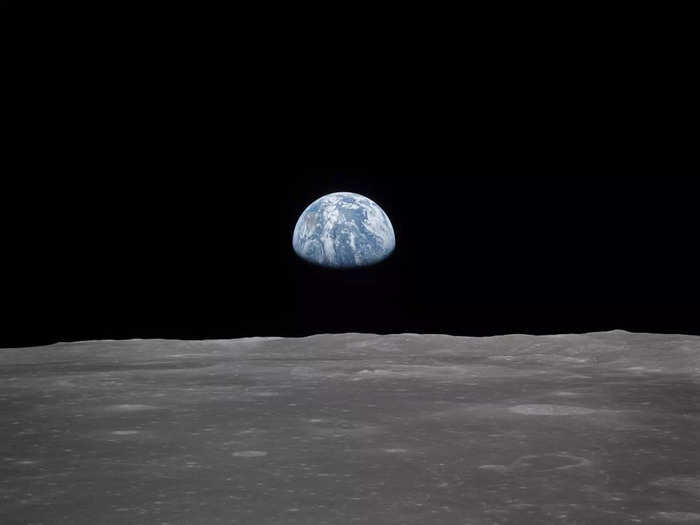
The Moon's horizon from the Apollo 11 capsule. NASA
The last time man stepped foot on Earth's Moon was December 11, 1972, when Apollo 17 touched down on the lunar surface. Eugene Cernan was the last person to leave the Moon.
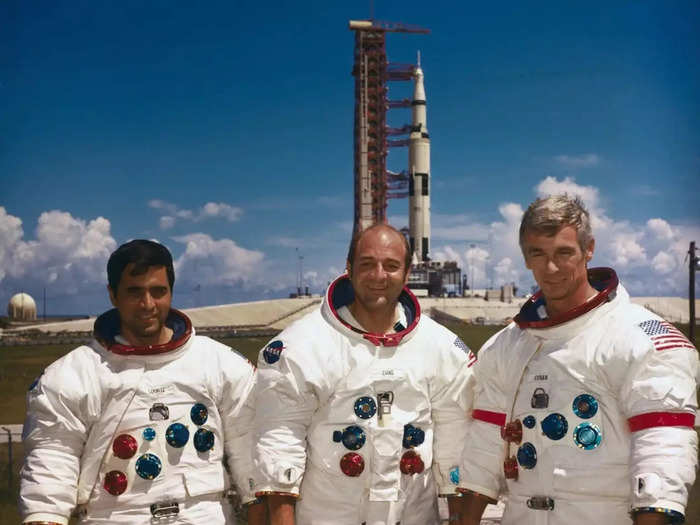
Apollo 17 Astronauts Harrison Schmitt, Ronald Evans, and Eugene Cernan (L-R). Bettman/Contributor via Getty Images
NASA conducted the missions and landed a total of 12 astronauts — the first being Neil Armstrong of Apollo 11 on July 20, 1969.
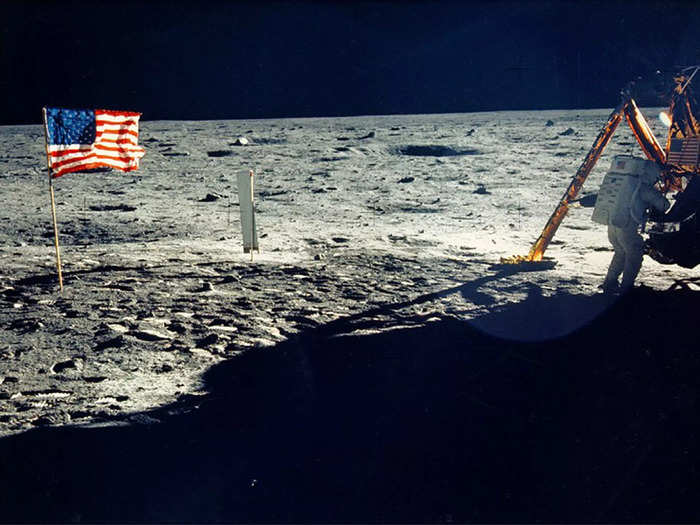
One of the few photographs of Neil Armstrong on the moon. NASA/Getty Images
Source: World Population Review
To this day, the US is the only country in the world to successfully land a human on the Moon, though others, including China and Russia, have tried.
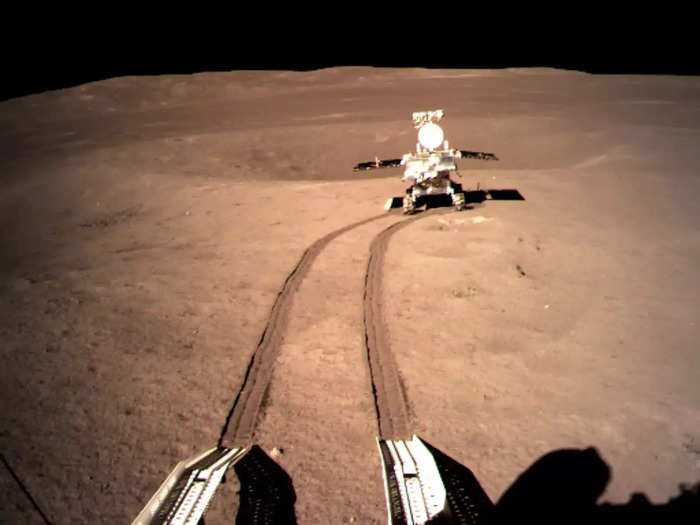
China's unmanned Yutu-2 rover, part of its Chang'e 4 lunar mission, rolls across the far side of the moon in January 2019. China National Space Administration
Now, after decades of waiting and anticipation, NASA is finally nearing its return — a feat it hopes to accomplish by 2026.
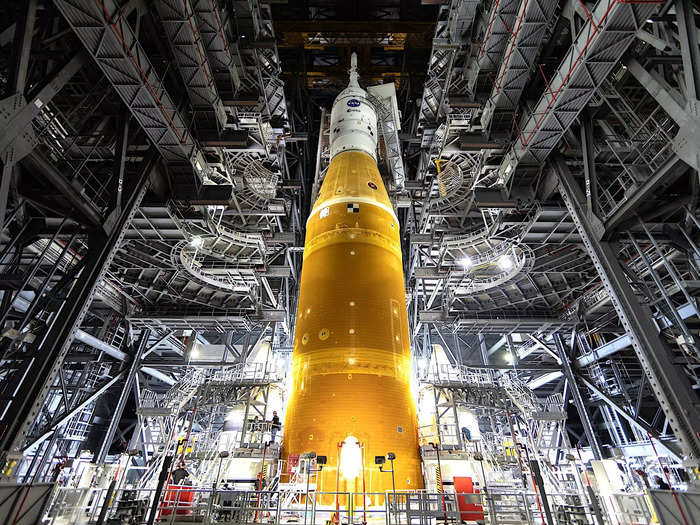
NASA's Artemis I. NASA/Frank Michaux
Source: Space.com
The goal of the mission, known as Artemis, is to establish a "gateway" to the Moon and build a base camp on its surface, according to NASA.
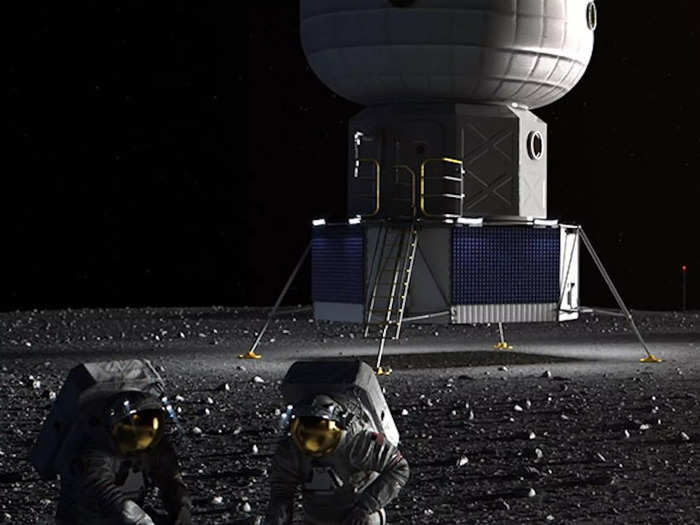
Artemis Base Camp. NASA
Source: NASA
The agency will start with the highly-anticipated Artemis I on August 29, which will be a 42-day unmanned flight test. Though, the date is subject to change.
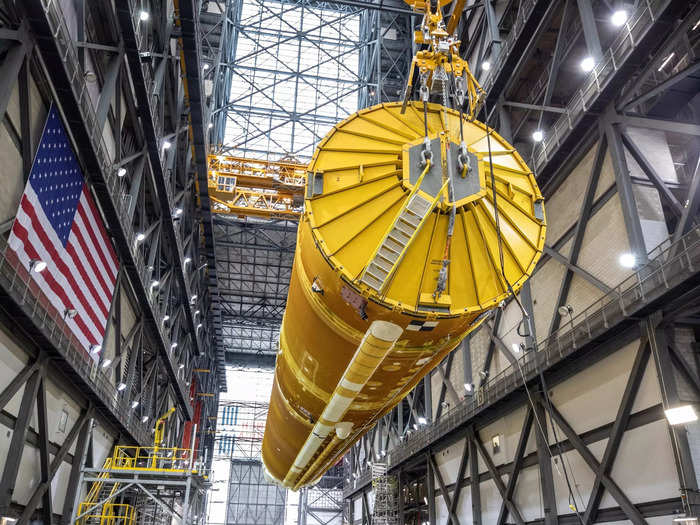
Artemis I's Space Launch System (SLS) core stage. NASA
Source: NASA
Artemis II will be a flight test mission carrying astronauts…
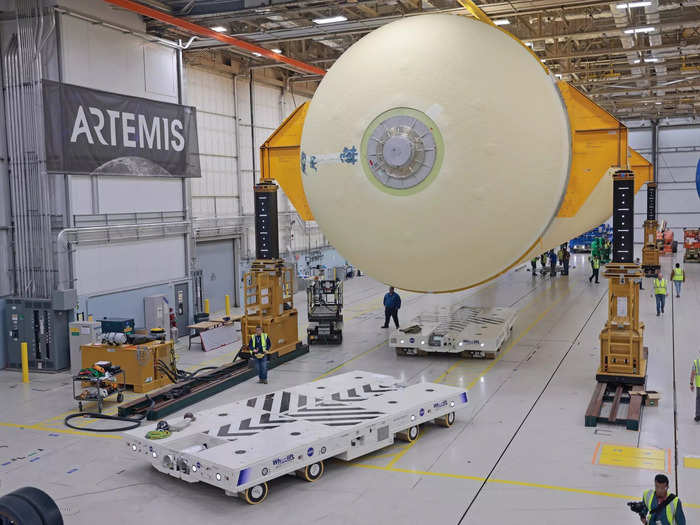
Artemis II core stage assembly. NASA
Source: NASA
…while Artemis III "and beyond" will operate as regular crewed missions on and around the Moon.
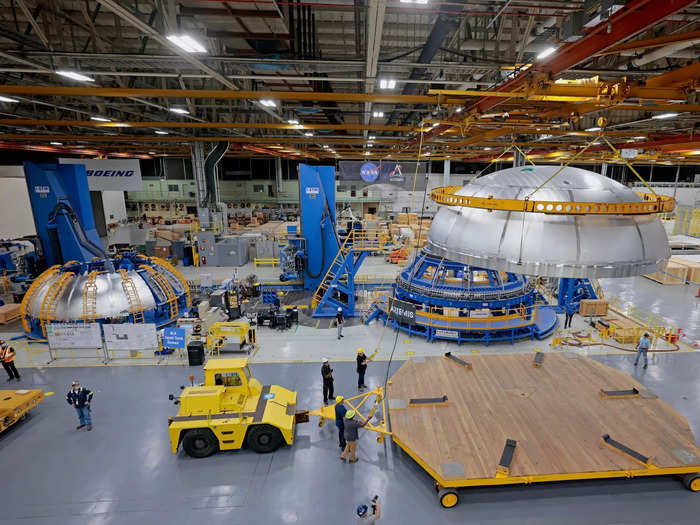
Artemis III's core stage liquid oxygen tank dome. NASA
Source: NASA
Artemis I will be the first test of the Orion spacecraft, Space Launch System (SLS) rocket, and the ground systems at the Kennedy Space Center in Cape Canaveral, Florida.
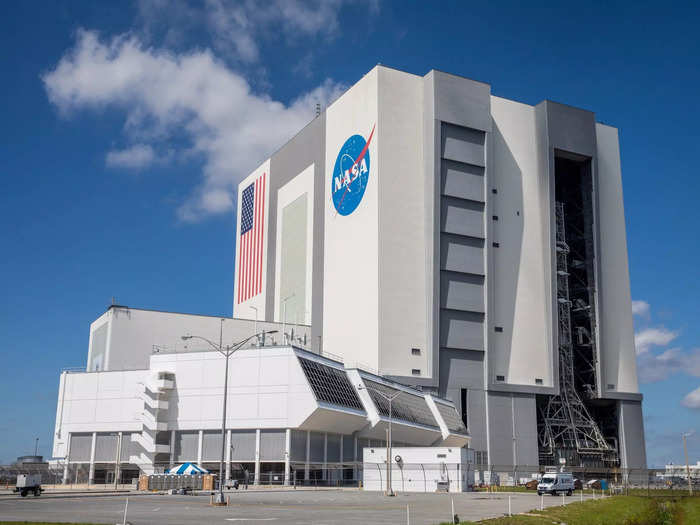
Artemis I at NASA's facility in Florida. NASA
The space vehicles will allow scientists to more thoroughly explore the lunar body, with the eventual goal of sending a human to Mars.
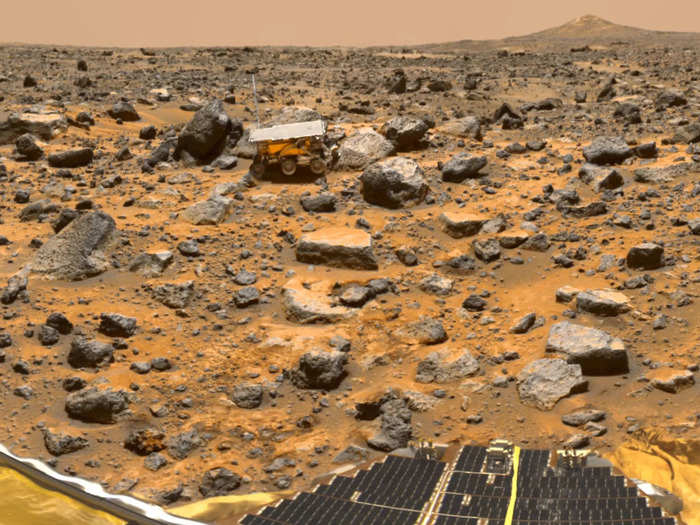
NASA's Pathfinder rover on Mars. NASA
Source: NASA
A mission as complex as launching a rocket into space requires the collaboration of government agencies, private companies, and multiple countries, like the Federal Aviation Administration, Lockheed Martin, Japan, the UK, and France-based Airbus.
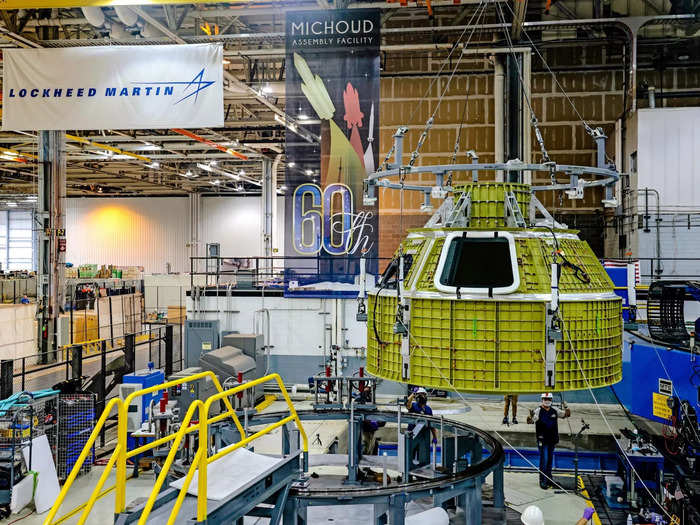
Artemis' astronaut capsule. NASA
Source: US Department of State
The planemaker has produced the European Service Module for Artemis I, which will "provide propulsion, power, air and water for the astronauts, as well as thermal control of the entire spacecraft."
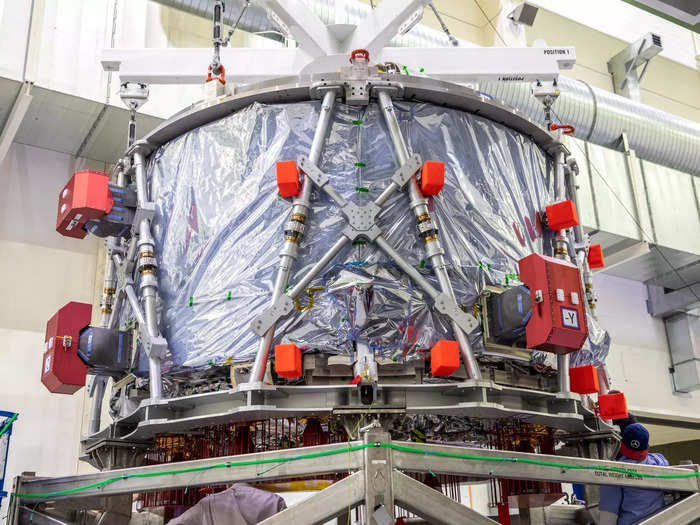
The European-built Service Module (ESM) for NASA’s Artemis II mission. NASA
Source: Airbus
The FAA has a particularly vital role during launches and reentries because it regulates the national airspace system (NAS), so its oversight is necessary to "efficiently managing air traffic during space operations."
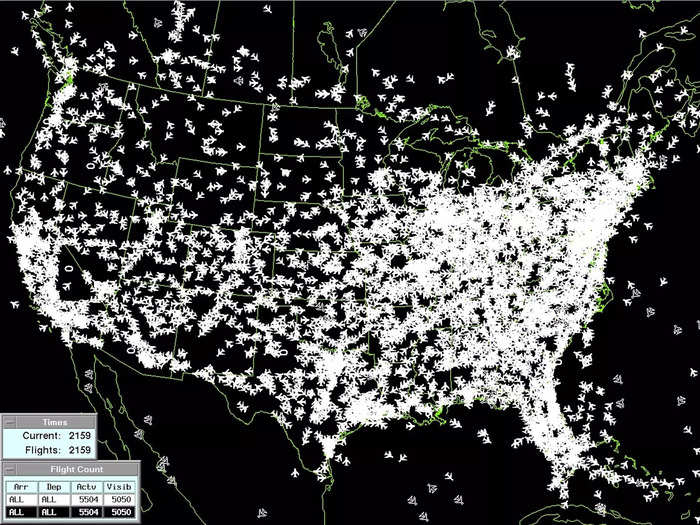
FAA
Source: FAA
The FAA Space Operations Office, known as Space Ops, is the unit that specializes in integrating space operations into the NAS.
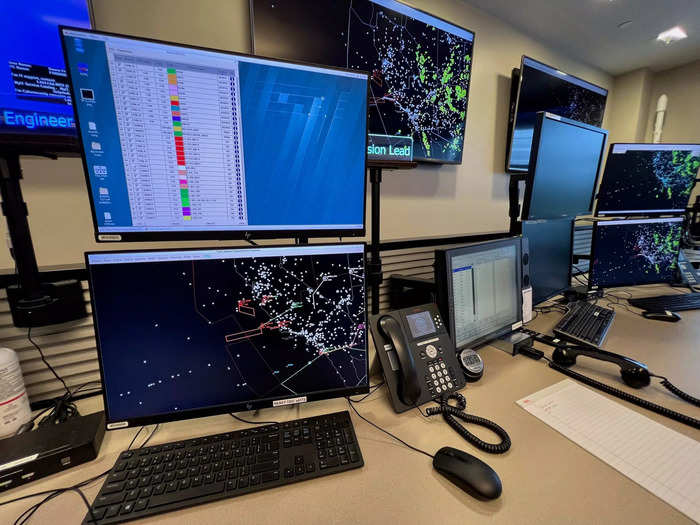
Challenger Room at FAA's Air Travel Control System Command Center in Virginia. Taylor Rains/Insider
Its Challenger room, where the agency oversees the Florida operations, is located at the agency's Air Traffic Control System Command Center (ATCSCC) in Warrenton, Virginia.
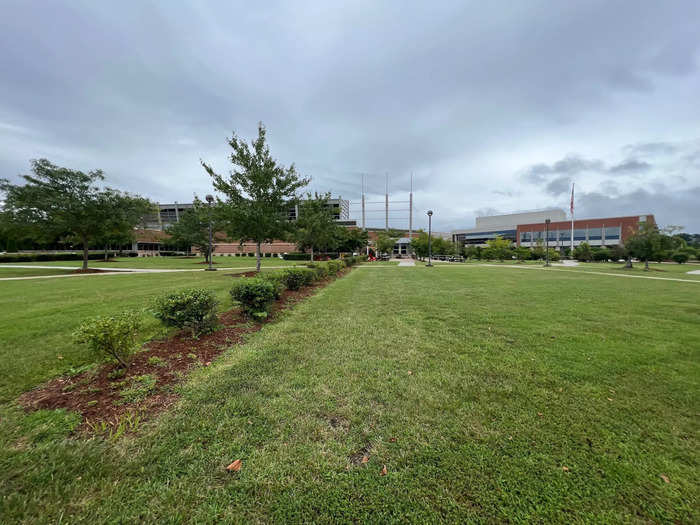
The FAA's Air Traffic Control System Command Center. Taylor Rains/Insider
Air traffic organization (ATO) space operations manager Duane Freer took Insider on a tour of the room to learn more about what goes on behind the scenes during space launches.
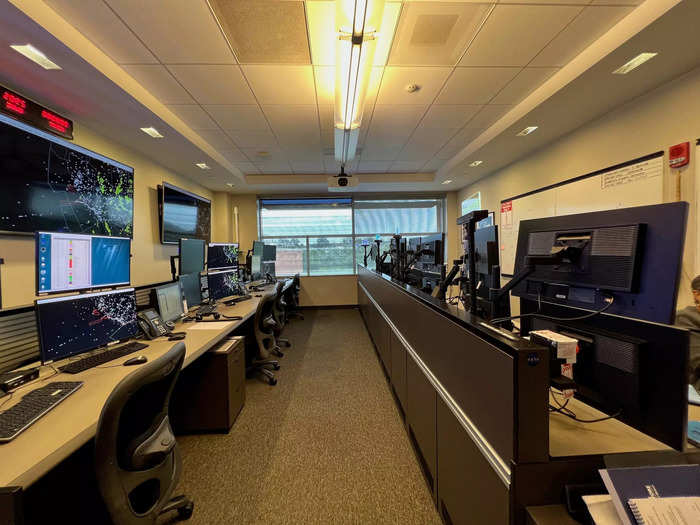
The FAA's Challenger Room. Taylor Rains/Insider
According to Freer, the Challenger room was dedicated on November 8, 2018, to the FAA's former deputy director of system operation services Virginia Boyle…
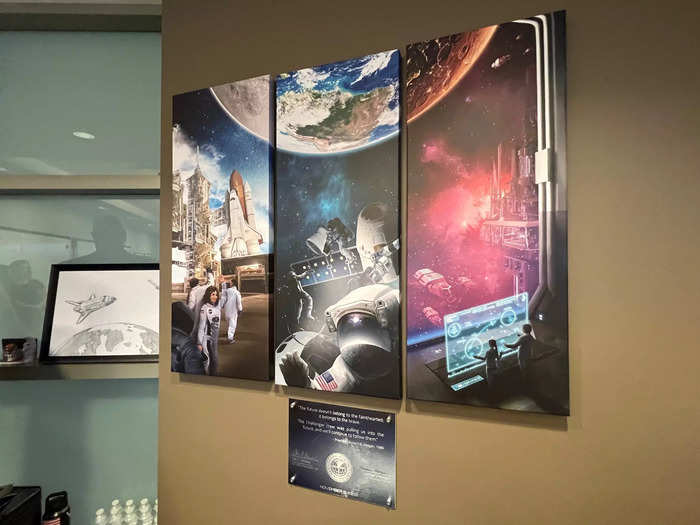
The FAA's Challenger Room. Taylor Rains/Insider
…and named after the Space Shuttle Challenger crew who tragically died in an accident in 1986.
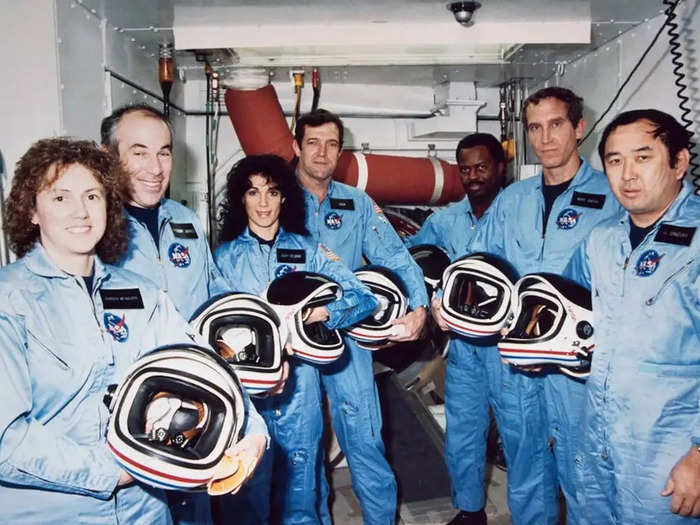
The Challenger Crew (L-R): Christa McAuliffe, Gregory Jarvis, Judith Resnik, Dick Scobee, Ronald McNair, Michael J. Smith, and Ellison Onizuka. NASA
The agency's oversight of the missions started in 2014 when it began collaborating with the federal ranges that previously oversaw the operations, including Wallops Flight Facility, Cape Canaveral Space Force Station, and Vandenburg Space Force Base, Freer told Insider.
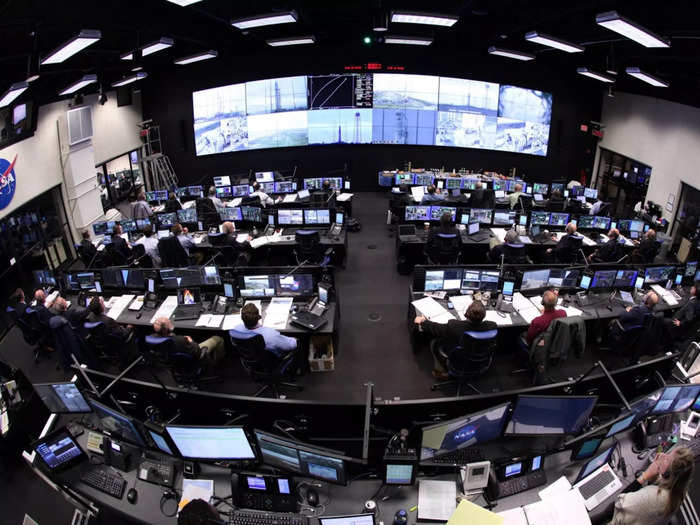
Inside the Wallops range control center NASA
The decision came as space operations rapidly started increasing, mainly due to the use of constellation satellite systems versus monolithic ones, like SpaceX's Starlink.
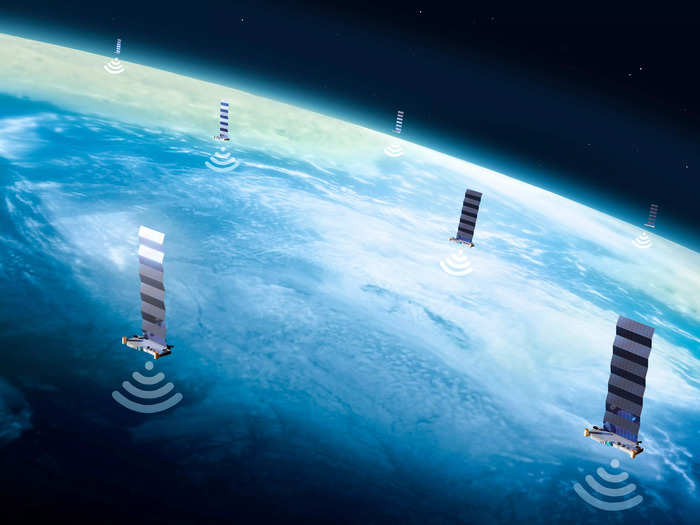
Illustration of SpaceX's Starlink network of satellites. Getty Images
Freer said there are an estimated 100,000 satellites to be put into orbit in the future, so the FAA realized the need for improved airspace management.
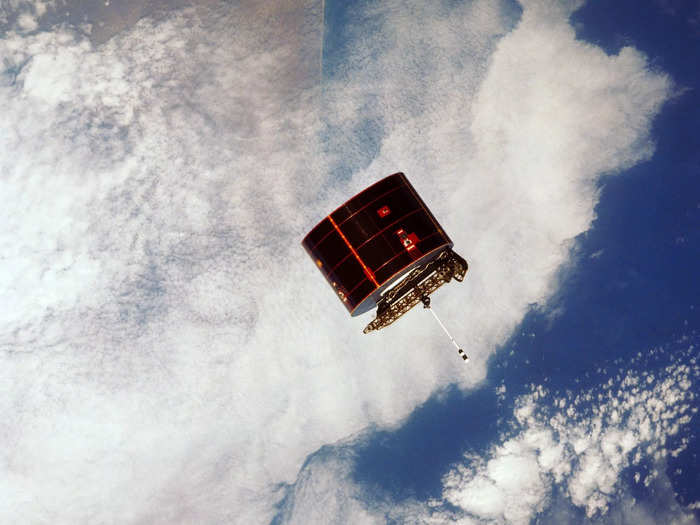
Syncom IV satellite orbiting Earth, pictured in 1984. NASA
Initially, the ranges ran the missions with airspace given to them by the FAA, which then got a phone call saying the mission was done. But, there was a time lag in communication, resulting in airspace closing much longer than needed.
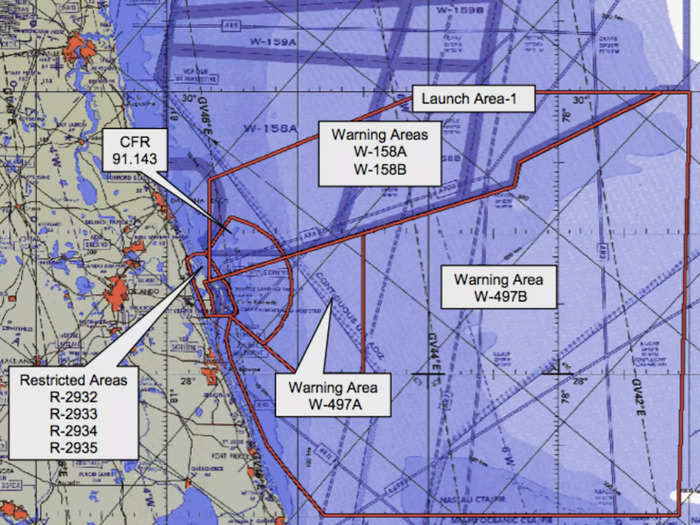
A map of restricted airspace for a 2013 SpaceX Falcon 9 launch. US Air Force
Because commercial operators compete for the same airspace, Freer said "efficiency is the upmost importance," and the agency started innovating its systems to reduce the time airspace was closed during each launch.
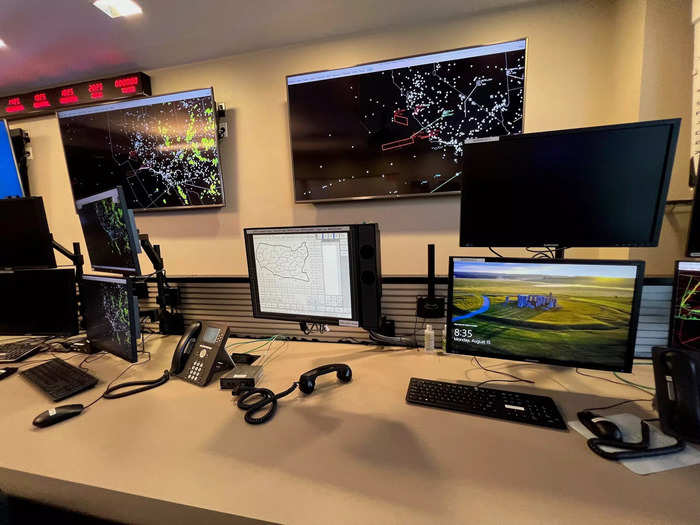
The FAA's Challenger Room. Taylor Rains/Insider
In 2018, which is when the FAA started real-time operations from the Challenger room, the airspace around Cape Canaveral was closed for up to four hours per launch.
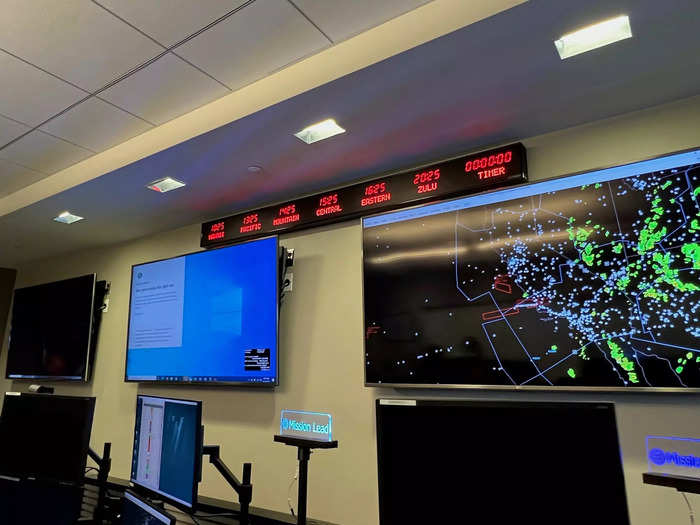
The FAA's Challenger Room. Taylor Rains/Insider
This means airlines and general aviation aircraft had to avoid the area for extended periods of time. Many had to take delays due to the issue or circumvent the East Coast of Florida, burning more fuel and spending more time in the air.
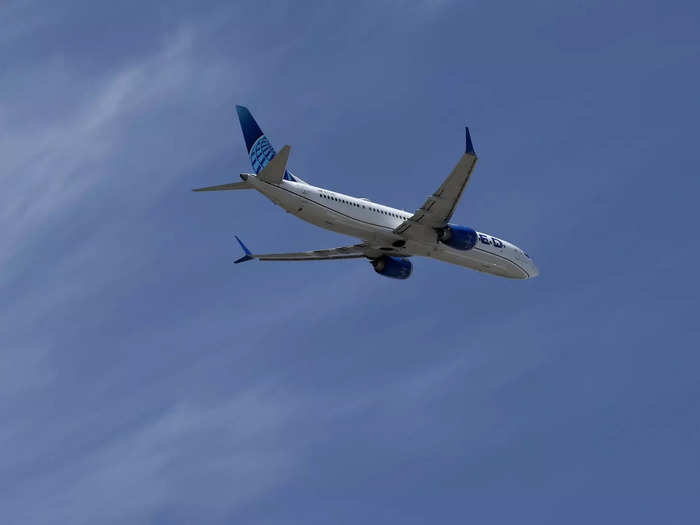
Laura Waring eventually secured a seat 13 hours after her original flight was cancelled. Justin Sullivan / Staff / Getty
For example, a SpaceX launch in 2018 impacted a total of 563 flights, collected 4,645 minutes of delays, and caused aircraft to fly an additional 34,841 miles to circumvent the restricted airspace, according to the FAA.
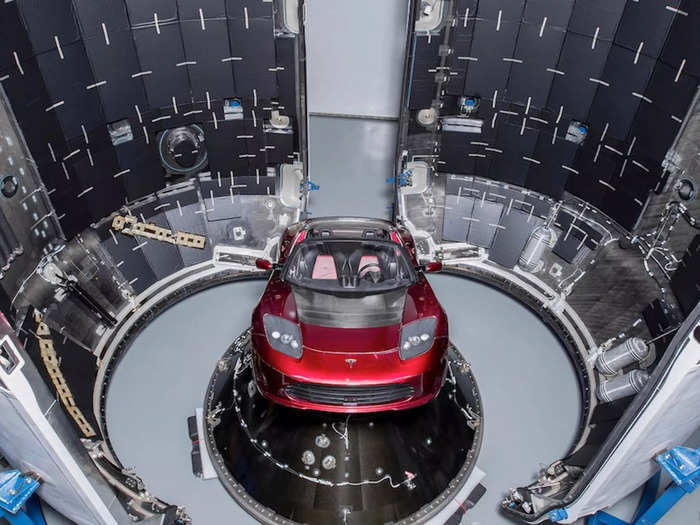
The 2018 launch carried Elon Musk's Tesla Roadster. SpaceX
However, the FAA wanted only to reroute affected planes, meaning those that were to enter the aircraft hazard area, which is a a three dimensional space spanning from the ground to 60,000 feet in the air, per the agency.
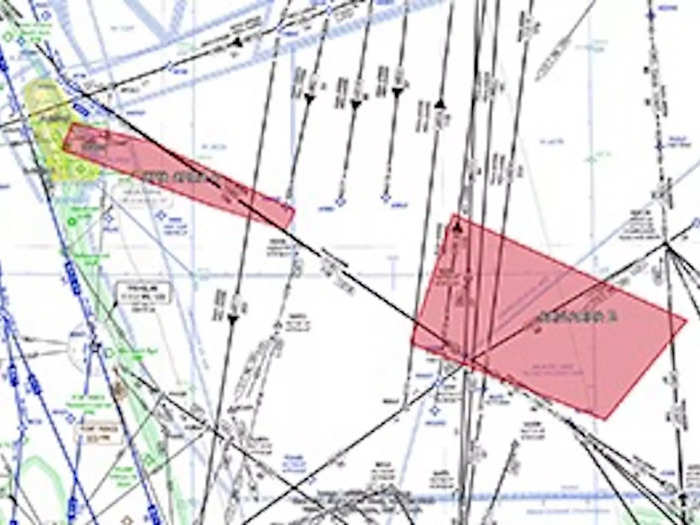
Sample hazard area. FAA
Source: FAA
Instead of waiting on the launch operator, like NASA or SpaceX, to give the go-ahead to reopen the airspace, the FAA can now better estimate when the space vehicle will launch and when any potential debris will be gone from the area.
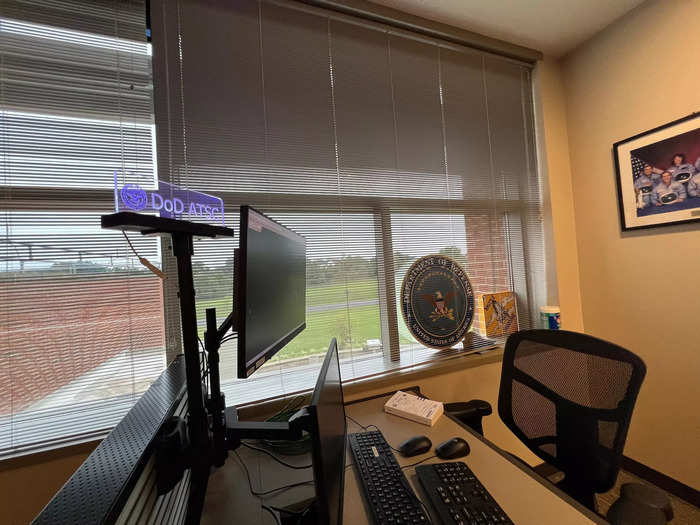
The FAA's Challenger Room. Taylor Rains/Insider
The information helps air traffic controllers know when to start detouring planes around the closed airspace, how long they will need to keep them clear, and when they can move them back in.
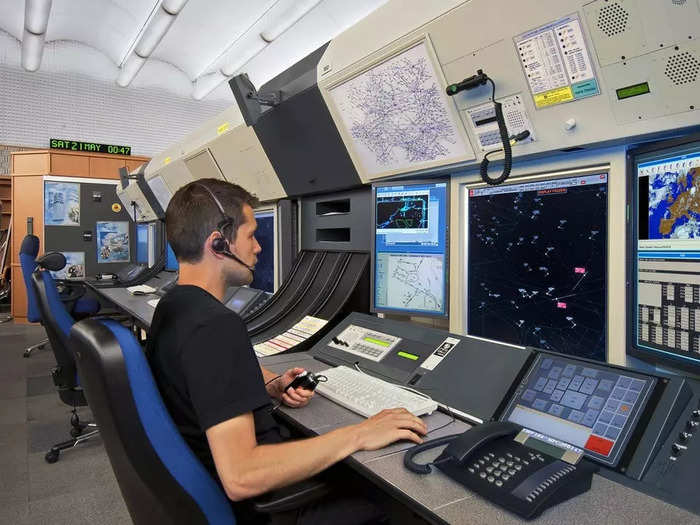
Air traffic controller. Burben/Shutterstock
"We took a time-based approach using our existing tools to strategically manage the aircraft so they get out of the airspace right before the launch and back in post-launch," he said. "We want to reopen the airspace as soon as we can."
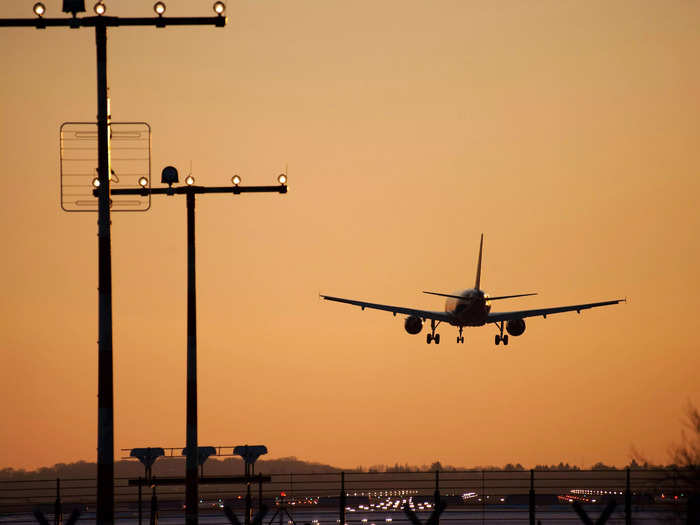
Ulrich Zillmann/Getty Images
The agency also has a hotline open during missions, which has the range, operators, the Department of Defense, and all air traffic facilities involved, so they have real-team awareness of when the airspace should be closed and reopened.
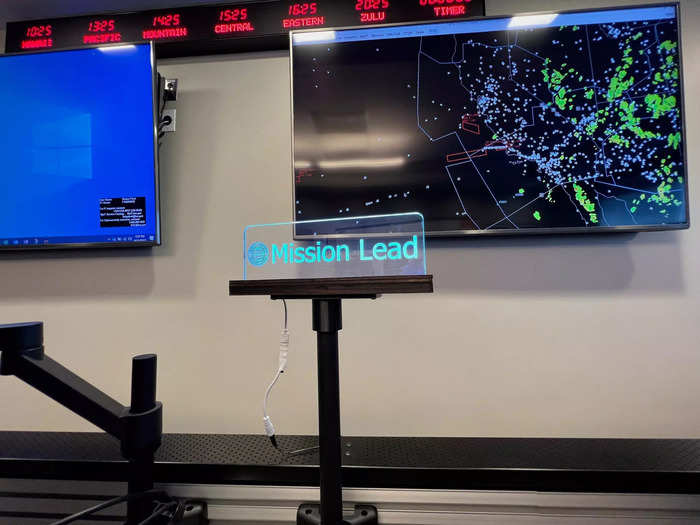
The FAA's Challenger Room. Taylor Rains/Insider
For example, SpaceX supercools its liquid oxygen on its Falcon 9, so once it starts loading the fuel, it can only keep it cool long enough to launch for 35 minutes. SpaceX notifies the FAA of when that process starts.
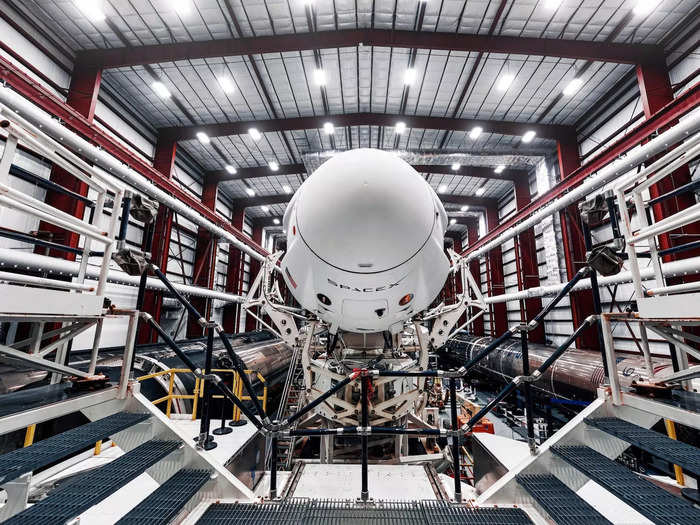
SpaceX Falcon 9. Getty Images
The FAA then knows that SpaceX has to launch in 35 minutes or scrub. If the company has a three-hour window, the agency can do the math and release hours of airspace back to the system.
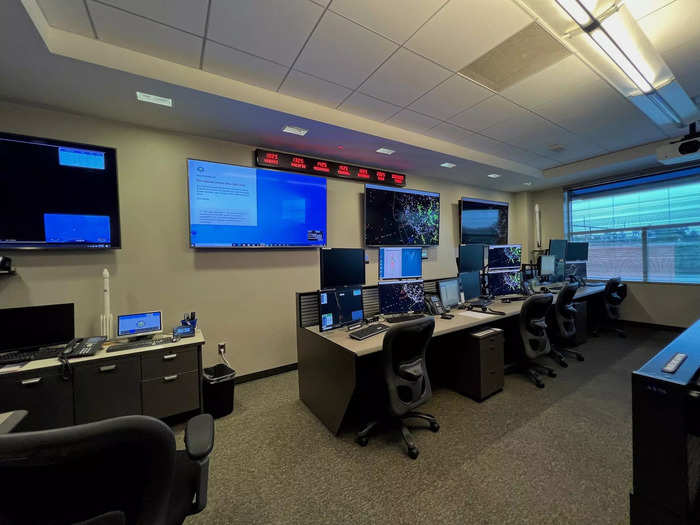
The FAA's Challenger Room. Taylor Rains/Insider
They also build in time for SpaceX's booster to land back on Earth, which can be about eight minutes.
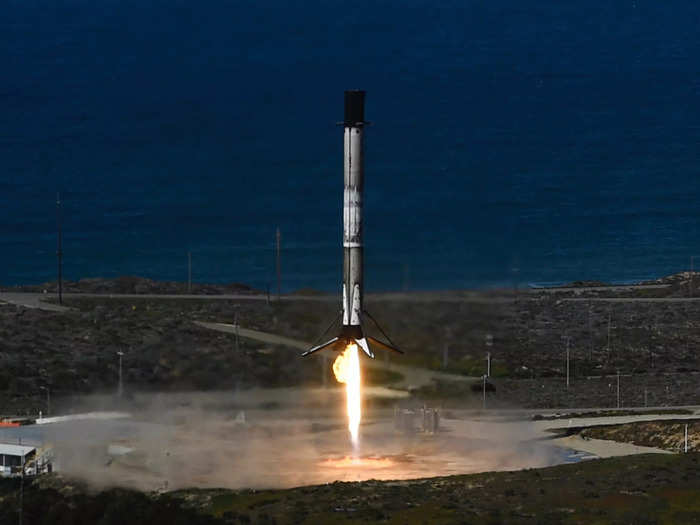
SpaceX booster returning to Earth. Patrick T. Fallon/AFP via Getty Images
Moreover, the agency works with airlines and general aviation operators to ensure they know the plan, like posting Notice to Air Missions (NOTAMS) and sending the Airspace Management Plan (AMP) three to five days in advance.
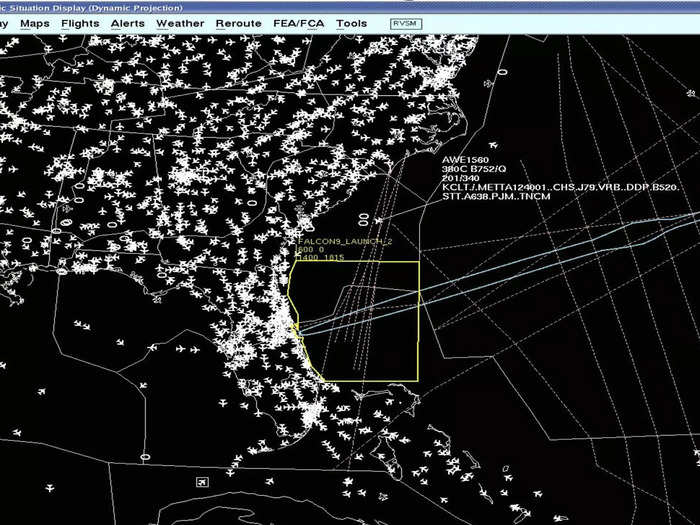
Map of airspace restrictions for a launch. FAA
"The aviation community knows there is an operation planned on a specific day, but it doesn't have specifics," Freer explained. "It gives them awareness, but then we give them specifics later, so it is an iterative approach informing them."
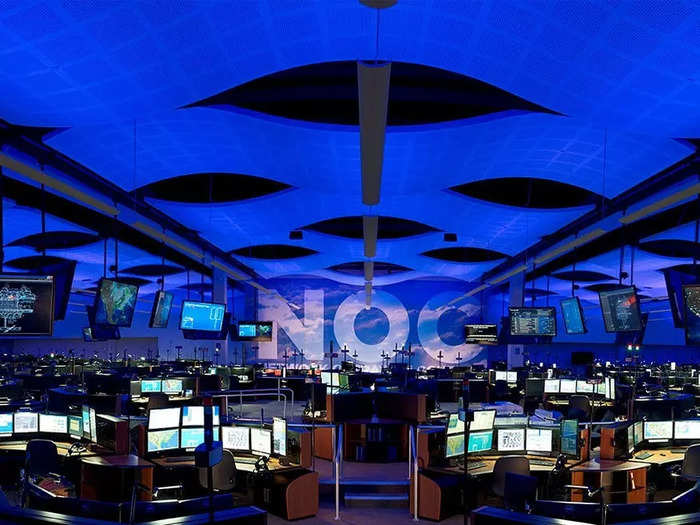
Southwest's Network Operations Center where dispatchers work. BOKA Powell
Based on the information, carriers can make their own business decisions based on the parameters outlined by the FAA, like moving aircraft or taking delays.
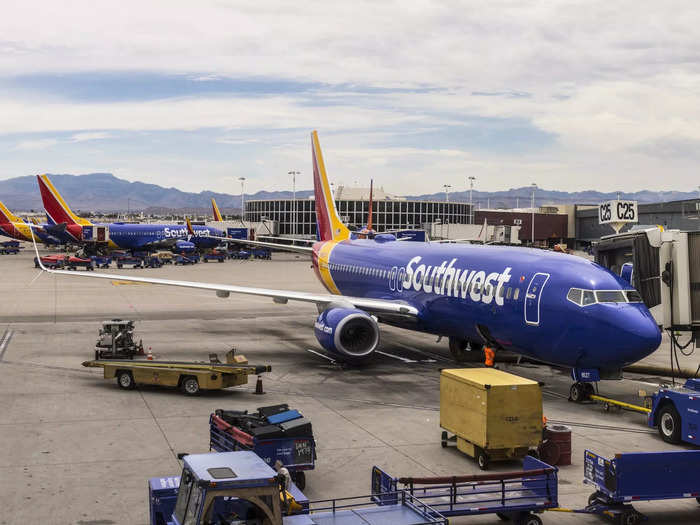
Jonathan Weiss/Shutterstock
He further explained to Insider that the agency shoots for closing the airspace for as little time as possible, but it could be closed for up to two hours due to the complexities of some missions.
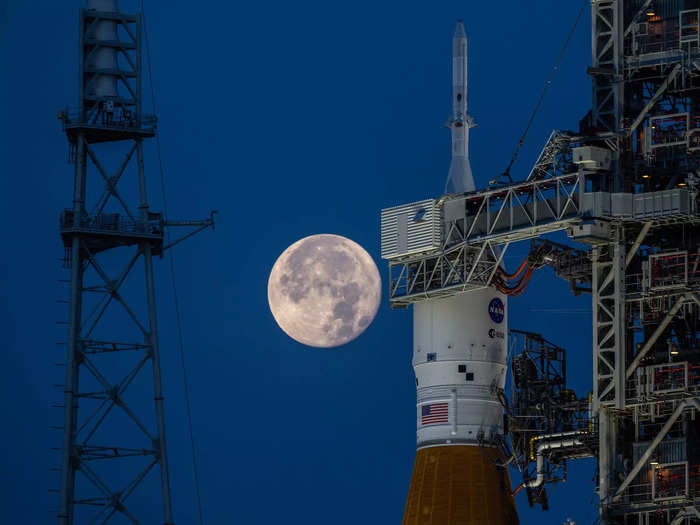
The moon rises past NASA's Space Launch System, which it's building to return astronauts to the moon, on June 14, 2022, at the Kennedy Space Center in Florida. NASA/Ben Smegelsky
Supporting the process is the FAA's innovative Space Data Integrator (SDI) prototype that sends position and performance information from the vehicle to the ATCSSC. It is only deployed on a handful of rockets right now, like the SpaceX Dragon.

Example of the SDI dashboard in the Challenger Room. Taylor Rains/Insider
The technology, which was first used for the SpaceX Transporter 2 launch on June 30, allows the agency to track a space vehicle in near-real time, which the agency says "vastly improves the FAA's situational awareness of where the vehicle is."
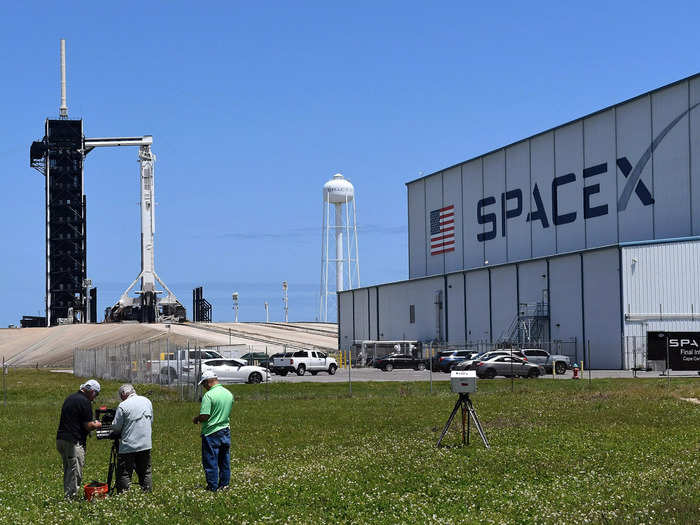
A SpaceX Falcon 9 rocket at the Kennedy Space Center on April 26, 2022, in Cape Canaveral, Florida. Paul Hennessy/Anadolu Agency via Getty Images
Source: FAA
Freer emphasized that the airspace closures are for public safety, and the FAA guards against planned or unplanned events, like anomalies with the vehicle.
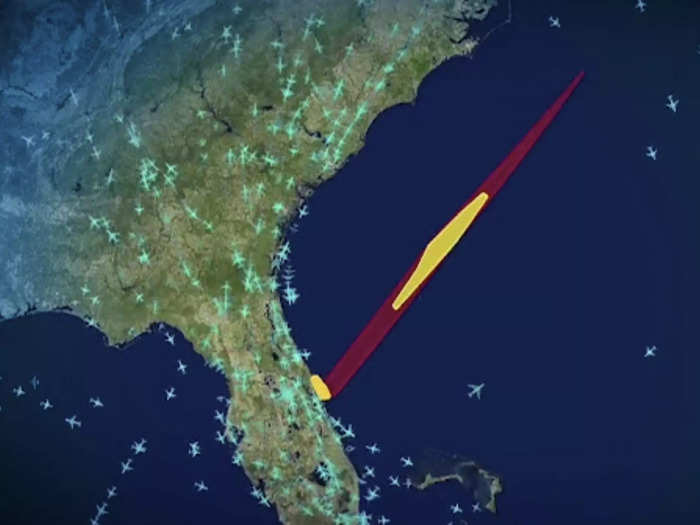
Example of airspace restriction during a rocket launch. FAA
"Even in the event of an anomaly, we know how long the debris will be present and the danger to aircraft," Freer explained. "So, if something were to go wrong, we could evacuate that airspace, which is an extra layer of safety."
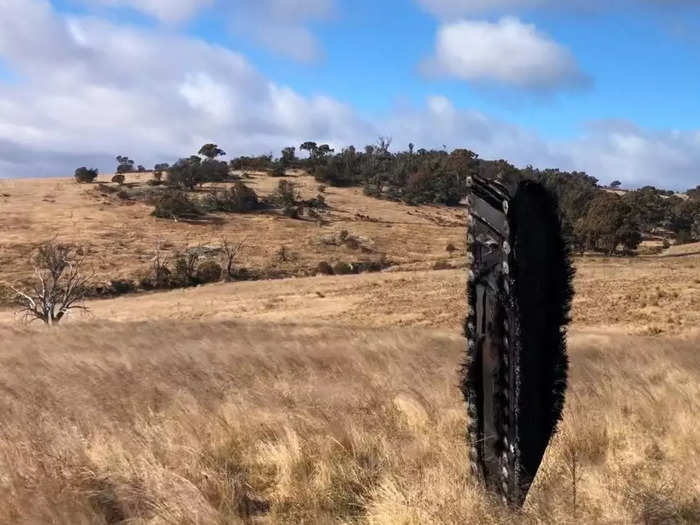
SpaceX debris found in Australia. Brad Tucker via Reuters
Freer showed Insider the June 30 SpaceX launch that had the SDI prototype. A lot of the information was color-coded and there were time stamps that indicated when the next important stage of the launch was to occur.

Space Data Integrator system demonstration. Taylor Rains/Insider
There was also a video of the rocket during launch, which helps the FAA visualize what is happening in real-time. As the SDI evolves, it will become a key component in the agency's ability to open airspace more quickly.
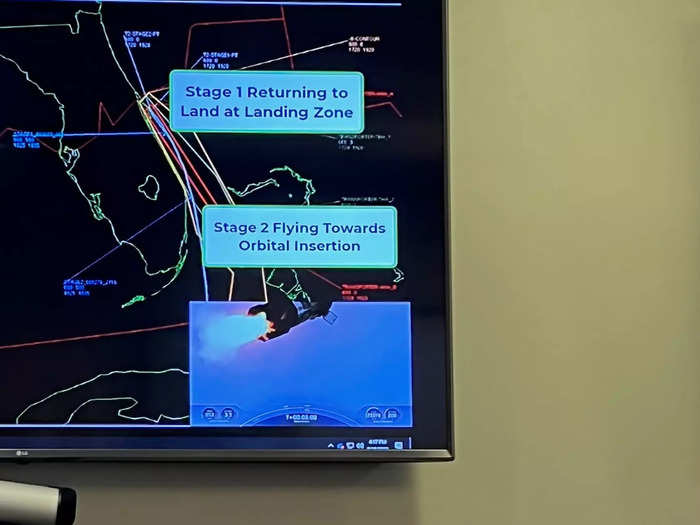
The rocket's onboard camera relays a visual of the spacecraft before and during the launch, as well as on reentry. Taylor Rains/Insider
In the future, the time-based launch procedures will be used in the Gulf of Mexico at Boca Chica, SpaceX's Texas-based spaceport. The FAA also anticipates two other space operators to have SDI installed on their vehicles by the end of the year.
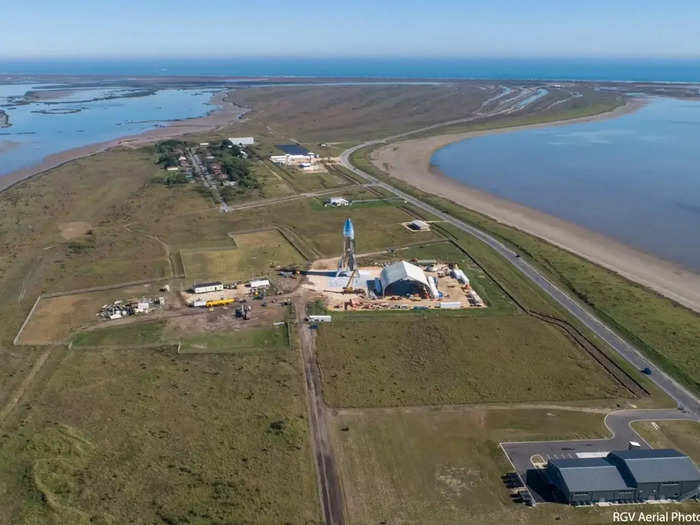
A drone photo of SpaceX's emerging Starship rocket complex taken in January 2019. RGV Aerial Photography
According to Freer, the FAA safely managed a record-breaking 72 launches and reentries in the 2021 fiscal year and is estimated to manage in excess of 100 in 2022.
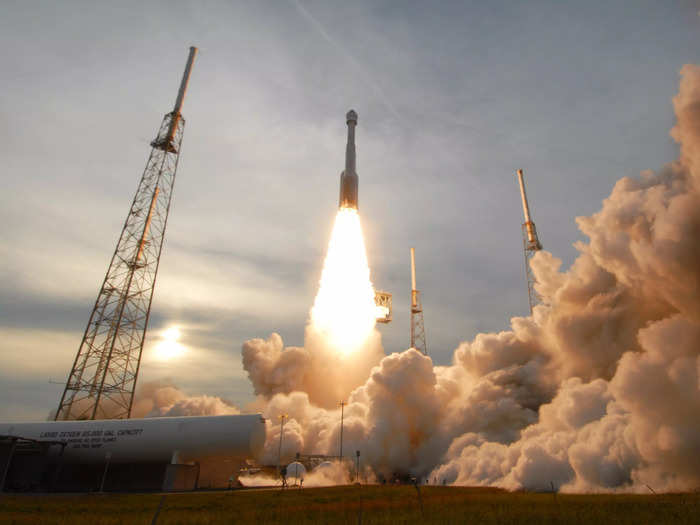
An Atlas V rocket carrying the Boeing Starliner spacecraft lifts off from Cape Canaveral on Thursday, May 19. Paul Hennessy/Getty Images
Popular Right Now
Popular Keywords
Advertisement